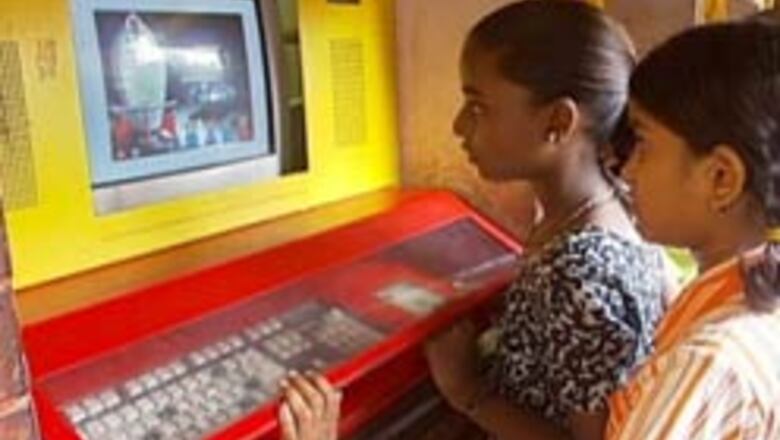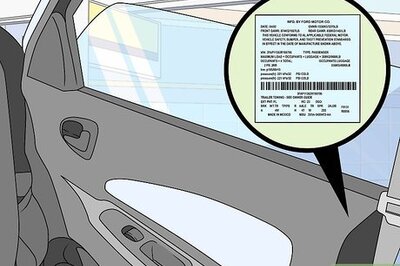
views
Kalloopara (Kerala): A successful computer education programme in Kerala developed by a legislator is now being replicated in several assembly constituencies of the state.
Kalloopara MLA Joseph M Puthussery had in February 2005 decided to take up an ambitious project to provide computer literacy to all the 106 government aided schools in his constituency in Pathanamthitta district, about 100 km from the state capital.
He spent Rs 5 million on the project in less than two years, utilising the money from the MLA Area Development Fund. Today, there are 220 computers in all the 82 lower and upper primary schools and 24 high schools in his constituency.
On an average every lower and upper primary school has two computers and printers and high schools have five.
"Since computer education is included in the school curriculum only from Class 8, I felt that with the information technology spreading far and wide it should be imparted at the early stages and began working for it," said the three-time legislator from the Kerala Congress (Mani), an ally of the Congress-led United Democratic Front.
K Thomas Jacob, a government school teacher at Mallapaly in the district, helped Jacob to bridge the digital divide.
"The private schools here have enormous funds at their disposal and a computer is not a luxury for them. On the contrary, it is a luxury for the government-funded schools. Till date, around 10,000 children have become familiar with computers," said Jacob.
Every week, three hours of computer classes are held for Class 1 to 7 children. Today, the children have picked up the art of drawing pictures on computers and also gained a fair working knowledge of the computer.
"Seeing the success of this novel project, several legislators have taken steps to implement it in their own constituencies," said Puthussery.
"We are planning to hold an IT Mela (fair) in February, where all children will participate in various IT related competition. We want to link all the 24 high schools to EduSat, the country's exclusive education satellite."
Thanks to the project, Kallooppara has already begun getting wide attention. Mallapaly taluk, where Kallooppara belongs, currently records 97.03 literacy rate and also has the lowest population growth rate in the state.



















Comments
0 comment